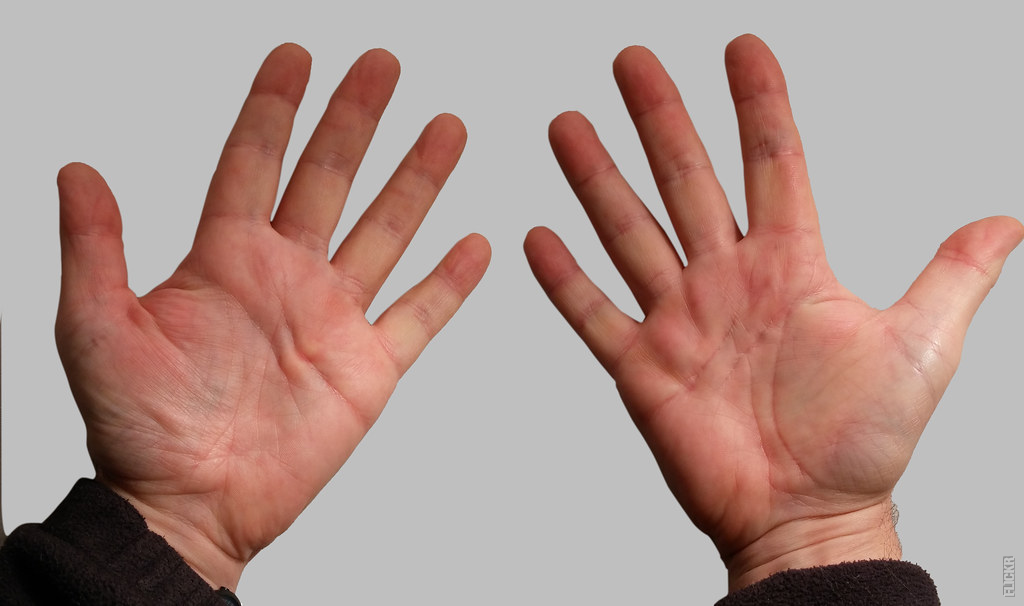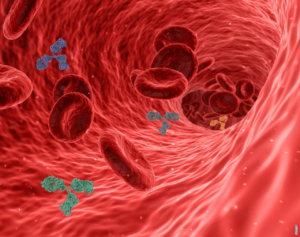The Silent Heroes: Tendons Unveiled
Tendons, the unsung heroes of our musculoskeletal system, play a vital role in our everyday movements. These remarkable structures are responsible for connecting our muscles to bones, enabling us to perform feats of strength and agility that leave us in awe. Let’s delve into the fascinating world of tendons and uncover the secrets behind their impressive functionality.
Structure and Composition
At first glance, tendons may seem like simple cords, but they possess a complex structure designed to withstand immense forces. Composed mainly of collagen fibers, tendons are organized in a parallel arrangement, providing strength and flexibility. The unique composition of tendons allows them to absorb and distribute the forces generated by our muscles, protecting our bones and joints from excessive stress.
Force Transmission and Elasticity
Tendons act as efficient transmitters of force, allowing us to exert tremendous power. When our muscles contract, they pull on the tendons, which in turn transmit the force to the bones, resulting in movement. Additionally, tendons possess remarkable elastic properties, storing and releasing energy like springs. This elasticity enhances our performance, allowing us to jump higher, run faster, and perform quick, explosive movements.
Adaptation and Healing
Tendons are adaptable structures, capable of adjusting to the demands we place on them. Regular exercise and physical activity stimulate tendon cells, triggering an adaptive response that leads to stronger and more resilient tendons. However, tendons are also prone to injury. When subjected to excessive stress or repetitive strain, they can become inflamed or develop micro-tears. Proper rest, rehabilitation, and medical intervention are crucial for tendon healing, ensuring a full recovery.
The Achilles Tendon: A Marvel of Engineering
One of the most well-known tendons in our body is the Achilles tendon, named after the legendary Greek hero. This robust tendon connects the calf muscles to the heel bone, enabling the powerful movements of the foot and ankle. The Achilles tendon is the thickest and strongest tendon in our body, capable of withstanding forces several times our body weight. Its unique structure and exceptional strength make it an engineering marvel, worthy of admiration.
Post
Post
Tendons in the Animal Kingdom
Tendons are not limited to humans; they are essential components of the musculoskeletal systems of various animal species. For instance, the tendons in the legs of horses and cheetahs are built to withstand tremendous forces, allowing them to achieve remarkable speeds. Even the tongues of certain animals, such as woodpeckers, possess tendons that act as shock absorbers, protecting their brains from the impact of pecking.
Tendons: The Lifeline of Movement
As we marvel at the wonders of tendons, it becomes clear that these silent heroes are the lifeline of our movement. Without their strength, flexibility, and adaptability, the awe-inspiring capabilities of the human body would be greatly diminished. So, next time you witness a breathtaking athletic feat or observe the gracefulness of animals in motion, take a moment to appreciate the incredible work of tendons, the unspoken champions of our musculoskeletal system.



